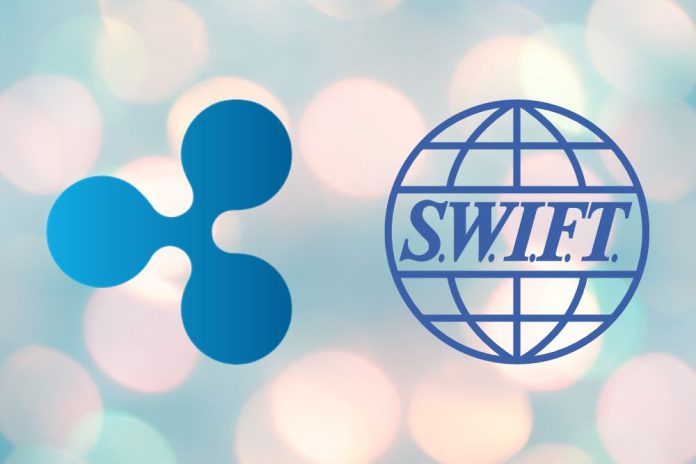Blockchain researcher SMQKE (@SMQKEDQG) recently highlighted a document discussing Ripple’s significance in global financial infrastructure. The document states that “Ripple protocol contains main trends relevant for designing a Green and inclusive financial system” and links its development to research conducted for the United Nations Environment Programme.
This connection suggests that XRP and Ripple’s technology could be important components in the evolution of digital payments, offering sustainable and accessible financial solutions.
“The Ripple protocol contains the main trends relevant to designing the Green and Inclusive financial system proposed by the United Nations.”✅
Ripple 🤝 United Nations
The highest levels of the financial system.🎯
— SMQKE (@SMQKEDQG) April 1, 2025
Ripple’s Connection to Global Financial Trends
The document highlights Ripple’s alignment with modern financial trends, including disintermediation, technological innovation, and network systems such as SWIFT and Bitcoin. The mention of the United Nations’ involvement suggests that Ripple may play a role in shaping financial systems that prioritize sustainability and inclusivity.
Additionally, the text acknowledges Ripple’s role in defining virtual currency classifications, distinguishing between centralized and non-centralized virtual currencies, and their impact on Anti-money Laundering (AML) and Combating the Financing of Terrorism (CFT) regulations.
By integrating these elements, Ripple supports financial institutions rather than replacing them. It provides a gateway between traditional banking and emerging digital finance, allowing institutions to benefit from established financial structures and modern blockchain efficiencies.
We are on twitter, follow us to connect with us :- @TimesTabloid1
— TimesTabloid (@TimesTabloid1) July 15, 2023
A Superior Alternative to SWIFT and Bitcoin
SMQKE also highlighted another key statement from the document that claims “Ripple could survive as it is a better version of SWIFT and Bitcoin.” Many experts have pushed XRP as a replacement for SWIFT because of its significantly lower costs and quicker transaction speed.
Bitcoin introduced decentralized digital currency but lacks the efficiency required for large-scale financial operations. SWIFT, a trusted global banking network, is slow and costly compared to modern blockchain solutions.
We are on twitter, follow us to connect with us :- @TimesTabloid1
— TimesTabloid (@TimesTabloid1) July 15, 2023
Ripple’s XRP Ledger (XRPL) addresses these limitations by offering faster transaction speeds, lower fees, and improved scalability for cross-border payments. Ripple CEO Brad Garlinghouse has called SWIFT’s system outdated, and the company plans to usher in a new era of international payments through XRP.
Implications for the Future of Digital Finance
The document suggests that the financial sector must determine whether digitalization will replace traditional banking infrastructure. While concerns remain over security risks and regulatory challenges, the text argues that Ripple’s experience with financial institutions positions it as a strong candidate for the job of integrating digital assets into global payment systems.
XRP’s ability to facilitate interoperability between banks, reduce transaction costs, and enhance financial inclusion aligns with broader trends in economic modernization. If widely adopted, it could reshape the financial landscape, offering a solution that balances regulatory compliance with blockchain efficiency.
Disclaimer: This content is meant to inform and should not be considered financial advice. The views expressed in this article may include the author’s personal opinions and do not represent Times Tabloid’s opinion. Readers are urged to do in-depth research before making any investment decisions. Any action taken by the reader is strictly at their own risk. Times Tabloid is not responsible for any financial losses.
Follow us on X, Facebook, Telegram, and Google News


